Fifteen years ago, on October 14, 2007, Robert Dziekanski, a forty-year-old Polish immigrant to Canada, met a tragic death at Vancouver Airport. Having arrived at the airport, he waited in the airport’s enclosed baggage area. His mother was in another part of the airport, and was erroneously told that he hadn’t arrived, and she then left the airport. After waiting for over ten hours, Robert understandably became angry, and started to make a ruckus. The over-zealous RCMP airport police rushed in and Tasered him a number of times, resulting in his death from a heart attack. One is struck how pointless his death was.
This tragic death of Robert Dziekanski, which is still sometimes under sporadic discussion in the Canadian media, leads the author to certain uneasy thoughts about the place and future of the Polish-Canadian community in Canada, as well as about the allegedly „compassionate” Canada.
The tragedy brings into high relief the curiously uneven nature of Canadian “compassion”. While the launching of various investigations and inquiries is appreciated, it is comparatively easy for various officials to express sympathy after the fact, without asking some hard questions about the societal context that led to such a grave injustice.
English-Canadians in government posts are usually interested in being manifestly compassionate towards “officially-recognized” minorities. “White ethnics” like Poles are not numbered in this group.
Indeed, most “white ethnic” groups in Canada and the U.S., have encountered discrimination in North America. When they arrived in great numbers in the mid to late nineteenth century, and early twentieth century, there was disdain for the Irish as well as for Eastern and Southern Europeans. Today, however, this history has been mostly forgotten, and “white ethnics” have been ranked with the “oppressor” white majority.
Polish-Canadian and Polish-American communities typify this pattern of treatment.
For example, in the North American (U.S. and Canadian) media there are considerable negative stereotypes about Poles. Arguably, the more the Poles are habitually derided in the mass media by the so-called opinion-forming elites, the less consideration they will receive from lower-level functionaries in the system.
Let’s cite a concrete example of negative stereotyping. A few, mainly Polish-American critics, have said that that first Borat movie is nothing but one long, ugly “Polack joke”. Interestingly enough, Sacha Baron Cohen as “Borat” sprinkles his dialogue with a few Polish expressions – something that Polish-speakers immediately notice. The movie is full of anti-Slavic and anti-East European stereotypes, which have been applied to, among others, Poles.
This negative view of Poles goes back a long time. In his magisterial but depressing book, Polish-American professor M.B.B. Biskupski documents Hollywood’s War with Poland, 1939-1945 (University Press of Kentucky, 2010). Incredible as it may seem — during this time of unbelievable agony for Poland – “Hollywood presented a fundamentally distorted and negative portrayal of Poland and the Poles during the Second World War” (p. ix).
This negative depiction indeed continued over the succeeding decades – misportrayals that are, indeed, accepted as facts by the captive American and Canadian audience that has only limited knowledge about World War II.
Indeed, there is a history of literary bestsellers and Hollywood blockbusters misportraying Poles. Jerzy Kosinski’s The Painted Bird, with its highly negative portrayal of Polish peasants, has now been conclusively demonstrated to be a work of fiction, but it continues to appear on recommended reading lists. William Styron’s Sophie’s Choice (made into a spectacular film in 1982, for which Meryl Streep won the Best Actress Oscar) is full of slander against Poles. The idea that someone with the very high prestige of a professor of the Jagiellonian University in Krakow would call for the “extermination of the Jews” is a profound lie. Even the most fringe Far Right Polish parties in pre-war Poland did not advocate genocide against the Jews. The Holocaust mini-series (1977) was also full of historical inaccuracies, for example, showing auxiliary Nazi units suppressing the Warsaw Ghetto Uprising, dressed in Polish army uniforms.
Indeed, there is a climate in North America today where the vast extent of Nazi Germany’s evil against Slavic countries and peoples is curiously de-emphasized.
One example of the end-result of all this, is President Obama casually uttering the phrase “Polish death camps”.
The tragedy in Vancouver also calls to mind the pointed criticism of the current-day system as an “anarcho-tyranny” – in which, it is said, that the state and the police typically treat real criminals with kid-gloves, but are often considerably indifferent and exacting towards ordinary people.
The term “anarcho-tyranny” was first conceptualized by the controversial paleoconservative theorist Sam Francis, but the term is certainly descriptive and explanatory of many current-day realities. The provenance of the term should not be held against it.
One notices, for example, that there are frequently various highly dubious elements streaming unimpeded through Canada’s airports – whereas it is one honest, unassuming man with a poor knowledge of English that gets fatally caught in the gears of “security”.
Despite over a million persons of Polish descent in Canada today (according to the official Canada Census numbers) the register of Polish-Canadians on the Canadian political and cultural scene seems to be very low indeed. In Toronto, there appears to have been little but an accelerating decline in the community’s vibrancy since the 1970s, when the multiculturalism policy had been welcomed with such great expectations. The original definition of “multiculturalism” in Canada – which has been totally eclipsed today – was the recognition of European groups other than the English and French – especially Eastern and Southern Europeans. Indeed, the term “multiculturalism” was initially taken up with particular enthusiasm by the Ukrainian-Canadians, who clamored for more recognition in the Canadian polity. Although the initial trajectories of the Polish and Ukrainian groups in Canada were similar, they have significantly diverged – with the Ukrainians able to build up far more significant infrastructures (politicians, judges, academics, writers, artists, media-people) in the Canadian polity, and to successfully ensure the persistence of the Ukrainian language from generation to generation.
There have been several waves of Polish immigrants to Canada, from at least four, distinctly different Polish societies — including that of the Partition Period, 1795-1918, when Poland was under harsh foreign occupation — as well as their generations of offspring.
The post-World War II wave of Polish immigration to Canada consisted mostly of Polish soldiers who had fought at the side of the Western Allies — and were unable and unwilling to return to a Sovietized satellite Poland — some who came to Canada directly, and others who moved to Canada after settling in Britain. Those Polish soldiers who came directly were, as the price of their admission, required to work for two full years on remote farms. Conditions there were sometimes none too pleasant.
It could be argued that the situation of Polish-Canadians — and, indeed, of other „white ethnic” groups such as Ukrainian-, Italian-, and Portuguese-Canadians — points to a dilemma in current-day Canada. How are persons who are often „Old World” in their social and cultural outlooks to be assimilated into the prevalent system of social liberalism and antinomian pop-culture, when they are often inimical to it, and such assimilation is virtually equivalent to the annihilation of their cultural and spiritual identity? (While a stated purpose of official multicultural policy is ethnic cultural preservation.)
Indeed, the „North American” future for „white ethnics” like Polish-Canadians appears increasingly problematic. The contributions of Polish professionals, especially architects, engineers, technicians, and research scientists to post-war Canada have been remarkable and far out of proportion to their numbers – while remaining little-known by most Canadians.
The current definition of “multiculturalism” in Canada has become virtually equivalent to that in the United States – where it is a recognition of so-called “visible minorities” (an official term of usage in Canada) – rather than of “white ethnics”.
Some articles have recently appeared in the Canadian press suggesting that – if current immigration trends continue — within less than a hundred years, whites in Canada will number no more than twenty percent of the population. The stewardship of Canadian society by its mostly WASP elites might be seen as being increasingly deleterious to a society where all whites were once an overwhelming majority.
On the one hand, Canada promotes multiculturalism. On the other, Canadians of Polish descent are being massively assimilated to a broader liberal culture. Canada promotes official multiculturalism and claims that all cultures are equal and welcome. But what they don’t say is that “culture” is a complex phenomenon, comprised of, among other things, a political and moral culture, on the one hand, and folk mannerisms and appearances, on the other. The former matter tremendously, because they affect one’s sense of justice and one’s ability to integrate into Canada’s late-modern liberal order. The latter comprise dress, food, home language, etc. The latter expressions of ethnic identity are promoted by Canada’s multiculturalism policies as a way of helping to transition immigrants into the so-called Canadian mainstream. The former are suppressed – quietly, but continuously and persistently, as a threat to Canada. Over many years, many Poles have come to Canada and seen their “conservatism of the heart” ignored and squashed by a late-modern liberal elite, the same elite that claims support for multiculturalism. In short, multiculturalism in Canada is for cultural expressions that don’t matter. But to traditional Poles, their moral culture matters. And when they resist what the elites want, they are derided as backwards, regressive, etc.
The immigrants have mostly co-operated with this approach of Canada. But Canada has finally encountered an immigrant group for which this doesn’t work – Muslims. They take their religion very seriously, and they won’t be deterred from it by attempts to integrate them. Meanwhile, the liberal elite has lost confidence in itself, in its treatment of Muslims, seeing them as victims of an extremely powerful West. In short, the elites have guilty consciences concerning their treatment of Muslims, and most visible minorities – but not their treatment of Poles and other “white ethnics”.
Important issues of so-called „white ethnic” identity in general, and of Polish-Canadian identity in particular — and of its multifarious dimensions and possible place in the Canadian future – should be discussed more in Canada today. They should also be matters of interest in America – with its large Polish-American population, especially in cities like Chicago.
The fact is that “white ethnics” might increasingly become the focus for a white American identity that has been largely abandoned by America’s self-hating WASP elites. Ironically, Polish-Americans, Italian-Americans, Irish-Americans, and similar groups, may have a greater self-regard and sense of identity, than the now-fading WASPs.
Mark Wegierski
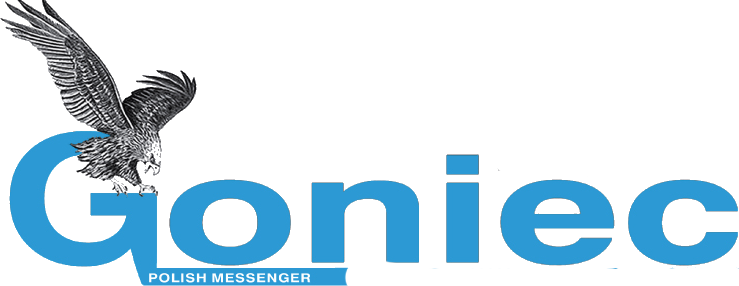




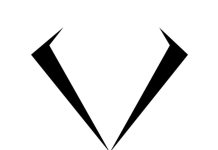



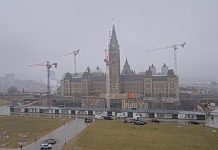




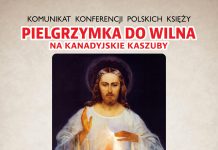
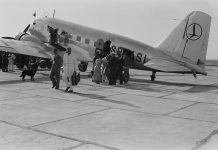

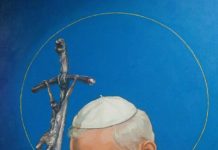
















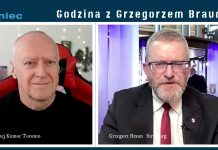
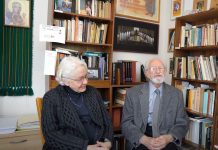


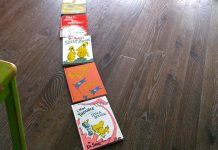


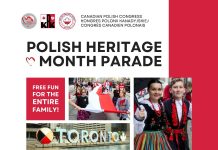

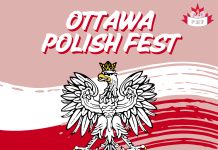
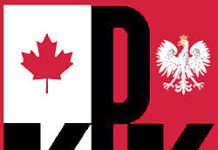








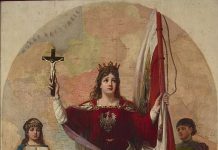



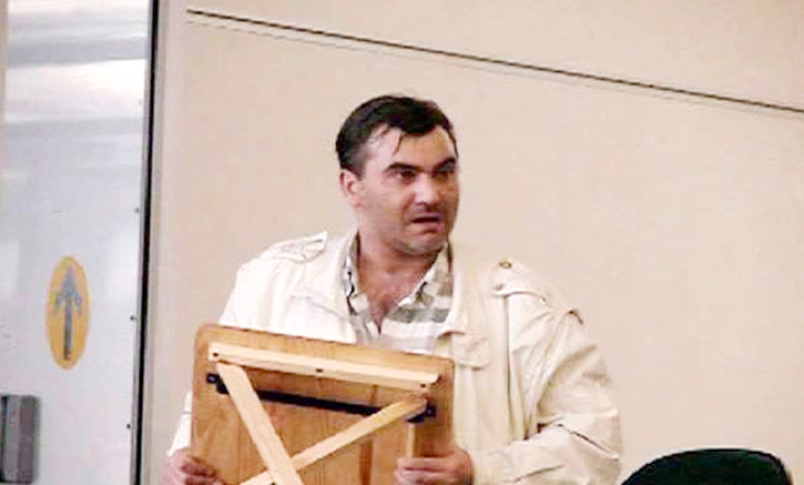


.jpg)


